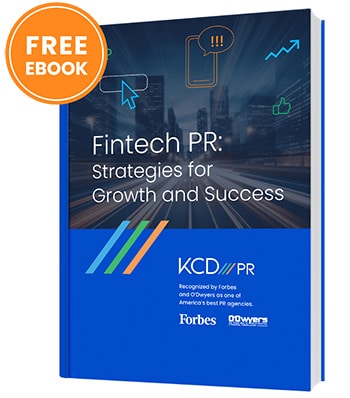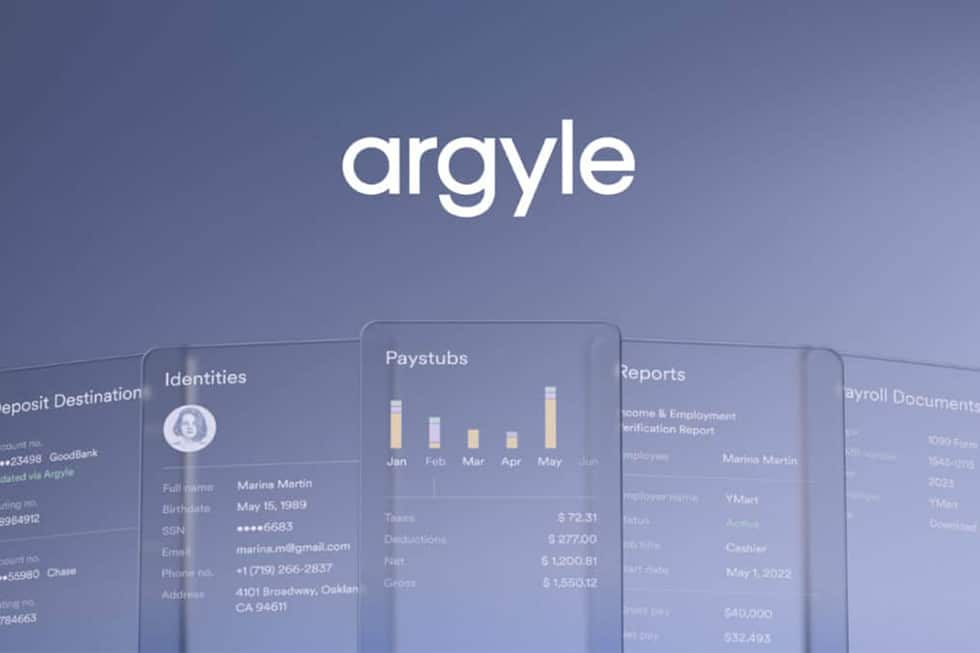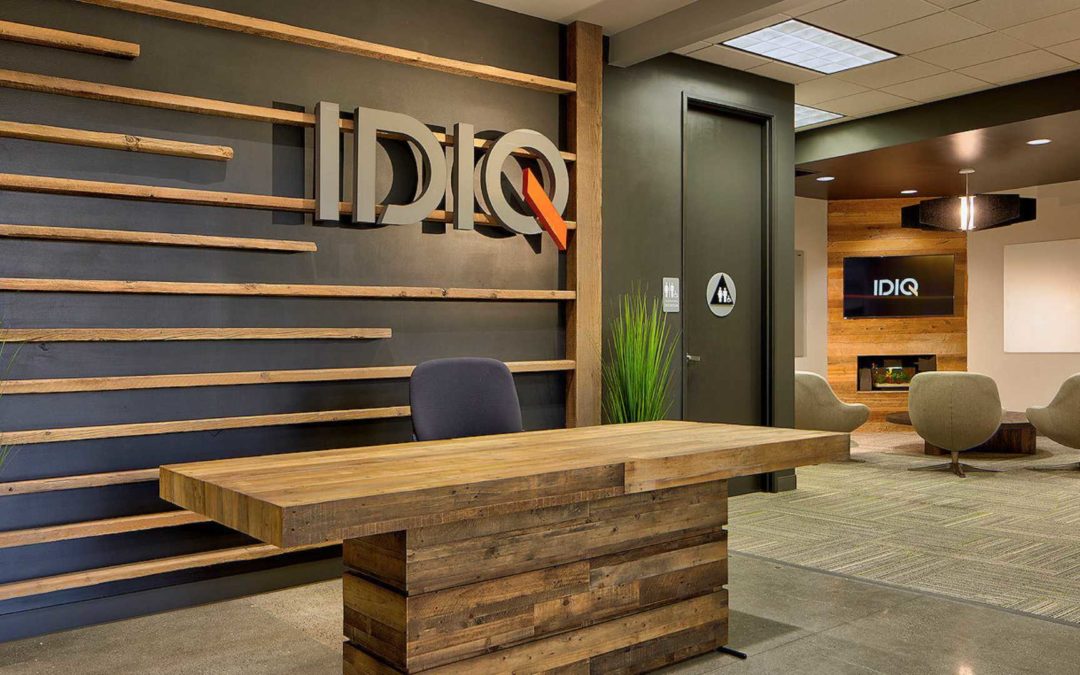More than ever before, college students are struggling with student debt. According to Federal Reserve data, Americans owe more than $1.5 trillion in student debt and one in four Americans make payments on student loans. Per person, the inflation-adjusted price for the average undergraduate degree has increased 161 percent to $63,973 since 1987, according to Market Watch. Compounding this problem is the fact that wage increases are failing to match inflation, increasing pressure on already strained budgets.
On the bright side, today’s fintech solutions can help tackle student debt and put college graduates back on the road to financial independence and debt free living.
Here are some of the best fintech apps we have seen on the market:
Tools for Budgeting and Saving
Mint reduces stress for college students trying to juggle many bank accounts, student loans, and bills. The app helps keep your data in one place by linking all your financial accounts to a central hub. Mint also pulls credit reports and maps out monthly spending plans.
Top Features:
- Simplified Budgets
Mint builds customizable budgets for different expense pools such as food and gas. Mint’s budgeting features make actual vs target spending easy to track.
- Expenses and Savings Projections
Not sure a vacation fits in the budget? Mint empowers users to simulate expense scenarios and understand the potential budget impact. Another feature projects how much a specified savings amount adds up to over the year.
- Portfolio Snapshot
Mint links investment accounts and summarizes investment performance. Though the level of detail isn’t as good as a direct view within your brokerage account, it still provides a great snapshot of current portfolio performance.
- Benchmark Comparison
Mint compares user portfolios against various benchmarks, such as the Dow Jones Industrial Average or the S&P 500.
Clarity Money provides many great financial planning features. Besides many budget features similar to Mint, Clarity Money stands out for its ability to pinpoint recurring expenses and suggest bills to cut or potentially negotiate to a lower payment.
Top Features:
- Useful Graphs
Clarity organizes and filters your transactions into useful, easy-to-read graphs
- Bill Payment
Clarity organizes and keeps bills in one place and enables users to cancel some monthly subscriptions directly from the app and flags the proper contact for other bills that cannot be cancelled through the app.
- Flag Suspect Transactions
Clarity Money alerts users when new transactions come in and provides the ability to swipe right to confirm transactions or left to red flag unknown transactions to investigate. Basically, Clarity took the Tinder swipe phenomenon and applied it to financial transactions.
Investing
A free investing app for individual stocks, Robinhood empowers college students to start investing even if they are starting with little money to invest.
Top Features:
- No Management Fees
Robinhood eliminated management fees and account minimums. Per FINRA regulations, margin trading requires a $2,000 portfolio balance minimum.
- Individual Stock Picks
Unlike many of investing apps, Robinhood allows users to buy individual stocks and recently rolled out cryptocurrency trading for Bitcoin and Ethereum. The app supports market orders, limit orders, stop limit and stop orders.
Future Improvements
Robinhood does not allow mutual fund or bond investing and pays dividends directly to the user with no options to reinvest. The app also only supports individual taxable accounts, so tax advantaged plans like 401(K) and IRA accounts cannot be linked. Future updates that include these options would make Robinhood even better for managing a diverse portfolio as opposed to a low-cost way to buy individual stocks. While the lack of fees and ability to pick your favorite stocks is great, Robinhood should be used by experienced investors since individual stock picking is a lot riskier than more diversified investments. Talk to your financial advisor before making any decisions here.
Betterment became the first independent online financial advisor to reach $10 billion in assets under management in July of 2017. Betterment provides two different versions for users based on assets and goals:
Betterment Digital
No account minimum and 0.25 percent of assets under management charged annually.
Betterment Premium
$100,000 minimum balance and .40 percent of assets under management charged annually. In exchange, Betterment Premium offers advice on outside investments and unlimited access to Certified Financial Professionals that work with Betterment.
Top Features of Betterment Digital:
- 12 Asset Classes
Betterment enables users to invest in exchange-traded funds (ETFs) across 12 different asset classes.
- Socially Responsible Investing (SRIs)
Betterment offers ethical investment options that align with specific social causes. SRI funds use a process called negative screening to filter out companies with poor records on environmental issues or wage exploitation. These funds also use “positive screening” to seek companies with exemplary records in the same areas.
- Every Dollar Invested
The company’s algorithms check daily for a need to rebalance and buy fractional shares. This eliminates uninvested cash in your portfolio.
- Low Cost
Betterment charges 0.25 percent of assets under management annually and requires no account minimum. ETF’s in Betterment average 0.13 percent expense ratios.
Betterment is best for:
Betterment is a good choice for hands-off and retirement investors who want to see steady gains and diversify risk. The app is also useful for investors who want automatic rebalancing and need options for tax-advantaged retirement accounts like 401(K) plans and IRAs. For investors who like goal-oriented financial planning or have low starting balances, Betterment is a way to start investing without the high risk/high reward individual stock picking approach Robin Hood takes.
Other Helpful Apps for Saving Money:
Chipper uses spare change to chip away at student debt. A better alternative to automatic savings apps, Chipper rounds up change from everyday transactions and applies it towards student loans. According to their website, the average borrower saves $6,200 and four years on repayment with Chipper. The app costs $2 per month
Rovertown offers coupons from local business partnerships to save college students money at local stores. For students on the hunt for grocery, restaurant, and supplies savings Rovertown provides many options to shrink spending on necessities.
* KCD PR is not a licensed financial services agent and the following views should not be confused with financial advice. All investing ideas should be reviewed with your financial adviser.






